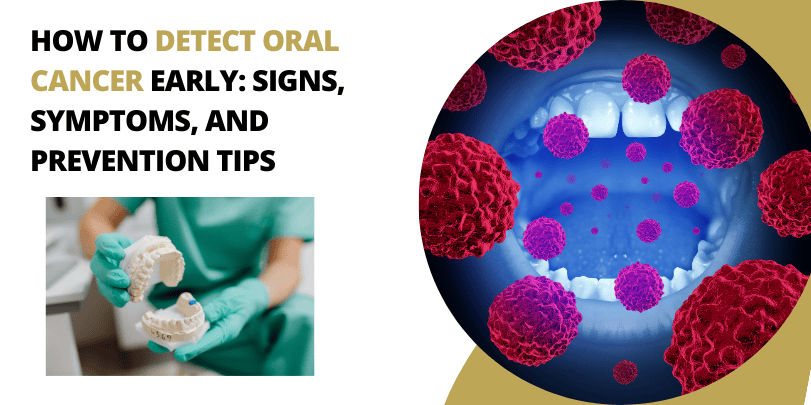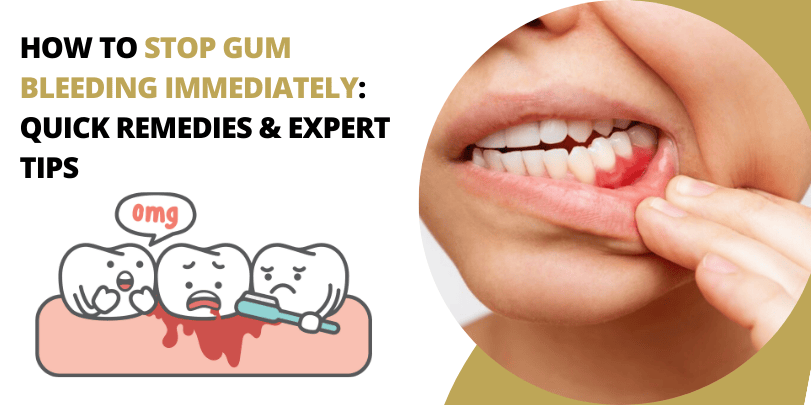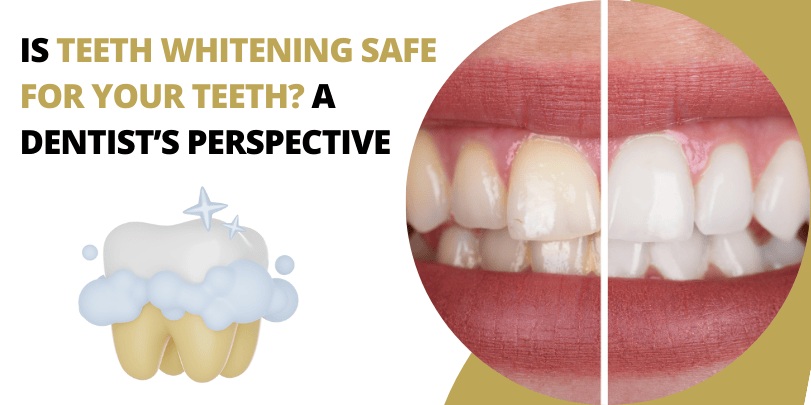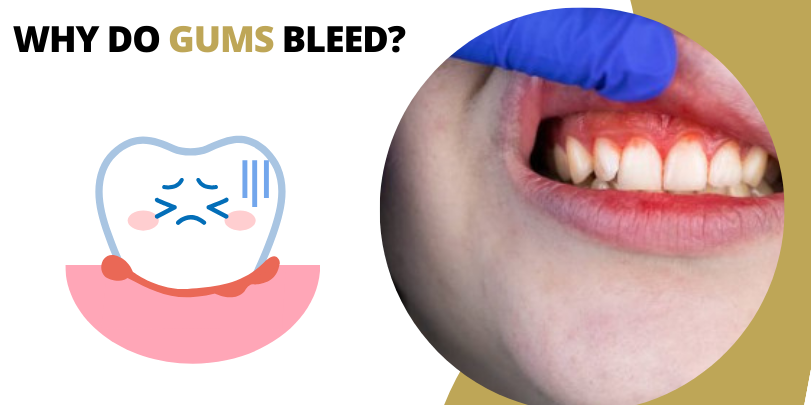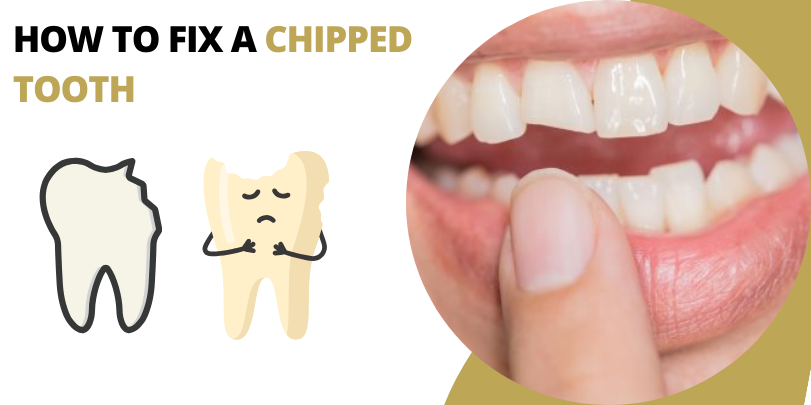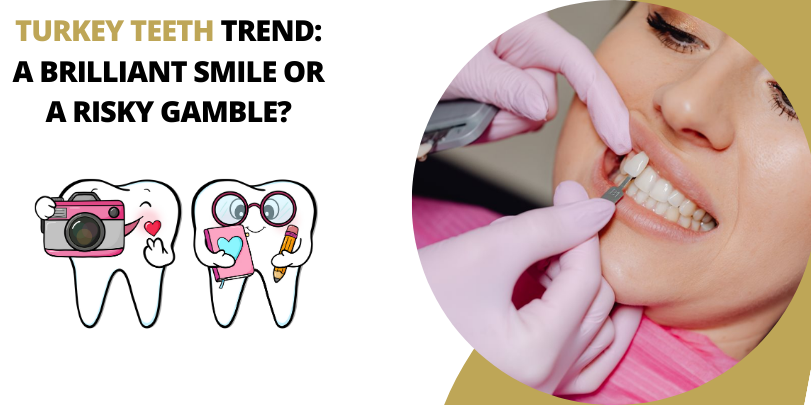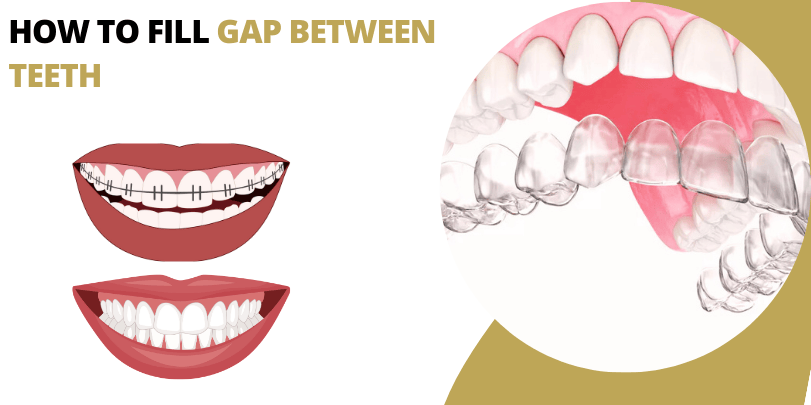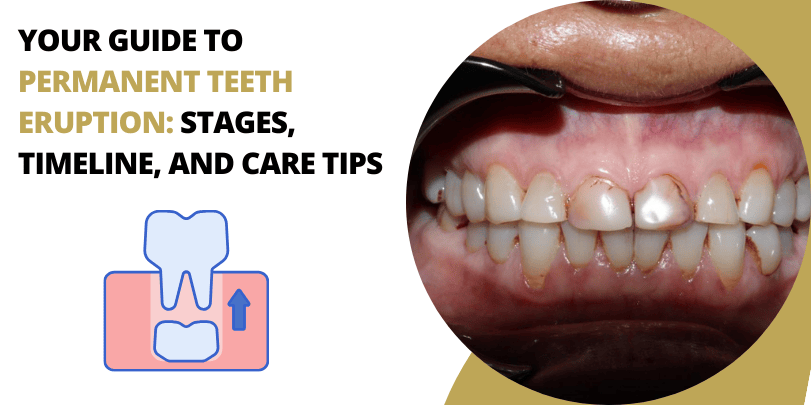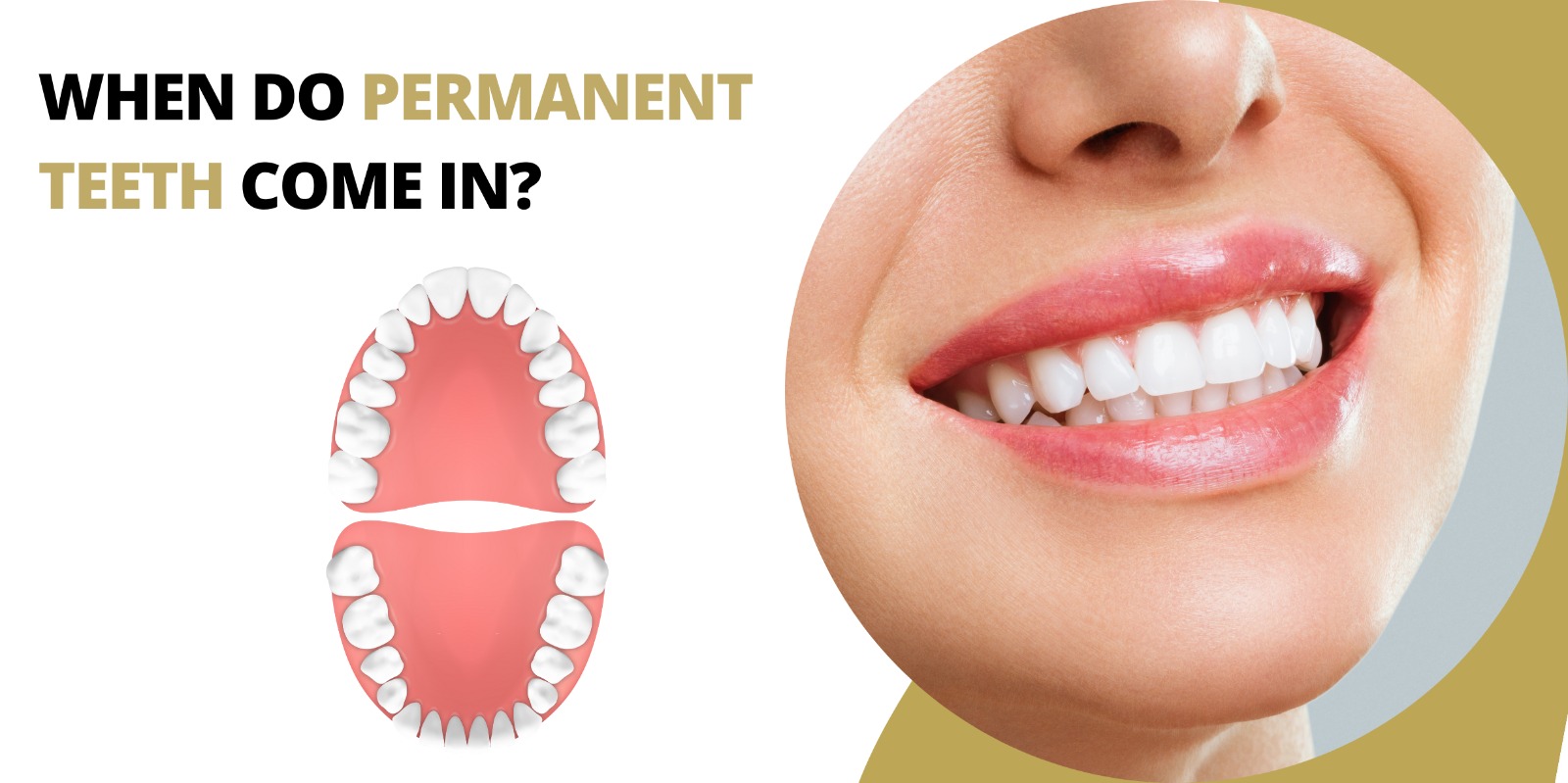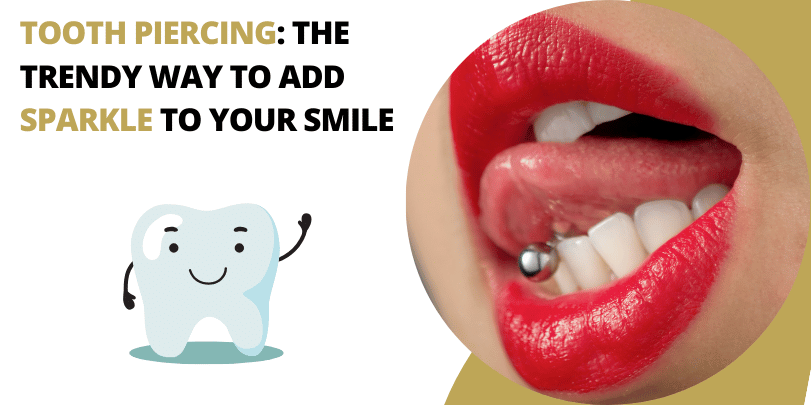Oral cancer is a serious but often overlooked condition that can affect the lips, tongue, cheeks, floor of the mouth, hard and soft palate, sinuses, and throat. Detecting it early increases the chances of successful treatment. Many cases of oral cancer go unnoticed until they reach an advanced stage, making awareness and early screening essential.
In this article, we will discuss the causes of oral cancer, common signs and symptoms, diagnostic methods, screening procedures, and prevention tips to help you stay informed and proactive about your oral health.
Also read- Smoking Out the Truth: Know How Tobacco Wrecks Your Teeth and Gums!
What Causes Oral Cancer?
Oral cancer occurs when the DNA of cells in the mouth mutates, leading to uncontrolled cell growth. Several risk factors increase the likelihood of developing this condition.
1. Tobacco Use
Smoking cigarettes, cigars, or pipes and chewing tobacco are among the leading causes of oral cancer. These habits expose the mouth to harmful chemicals that damage cells over time.
2. Excessive Alcohol Consumption
Alcohol irritates the cells in the mouth, and when combined with tobacco use, the risk of oral cancer increases significantly.
3. Human Papillomavirus (HPV) Infection
HPV, especially HPV-16, is linked to oropharyngeal cancers that affect the throat, base of the tongue, and tonsils. This virus is transmitted through sexual contact.
4. Prolonged Sun Exposure
Long-term exposure to ultraviolet (UV) rays can lead to lip cancer. People who spend a lot of time outdoors without sun protection on their lips are at higher risk.
5. Poor Diet and Nutritional Deficiencies
A diet lacking in fruits and vegetables deprives the body of essential antioxidants and vitamins, which help fight cancer.
6. Weakened Immune System
People with weakened immune systems due to conditions like HIV/AIDS or long-term use of immunosuppressant drugs have a higher risk of developing oral cancer.
7. Chronic Irritation
Ill-fitting dentures, sharp teeth, or frequent biting of the cheek or tongue can cause long-term irritation, potentially leading to abnormal cell growth.
8. Family History
A genetic predisposition to cancer increases the chances of developing oral cancer, though lifestyle choices still play a significant role.
Early Signs and Symptoms of Oral Cancer
Oral cancer often begins with mild symptoms that are easy to ignore. Regular self-examinations and dental check-ups can help detect early warning signs.
- Persistent sores or ulcers in the mouth that do not heal within two weeks
- White or red patches inside the mouth or on the lips
- Lumps, thickening, or rough spots on the gums, tongue, or inside the cheeks
- Difficulty chewing, swallowing, or speaking
- Numbness or pain in any part of the mouth, face, or neck
- A persistent sore throat or hoarseness
- Unexplained bleeding in the mouth
- Loose teeth or ill-fitting dentures without an apparent cause
- Swelling in the jaw or a feeling of something stuck in the throat
If you notice any of these symptoms, do not ignore them. While they may not always indicate cancer, it is best to get them checked by a dentist or doctor.
How is Oral Cancer Diagnosed?
If a dentist or doctor suspects oral cancer, they will conduct a series of tests to confirm the diagnosis.
1. Physical Examination
A doctor or dentist will inspect the mouth, lips, throat, and lymph nodes for any abnormalities.
2. Biopsy
A sample of suspicious tissue is removed and examined under a microscope to determine whether it contains cancerous cells.
3. Imaging Tests
- X-rays help detect cancer that may have spread to the jawbone or lungs
- CT scans provide detailed images to check for tumors in deeper tissues
- MRI scans help determine the size and extent of cancerous growths
- PET scans identify cancer that may have spread to other parts of the body
4. Endoscopy
If cancer is suspected in the throat or deeper oral structures, a doctor may use a small camera (endoscope) to examine the area closely.
Oral Cancer Screening: What to Expect
Oral cancer screening is a simple, painless procedure that dentists perform during routine check-ups. The goal is to identify early signs before they become serious.
1. Visual Examination
The dentist inspects the mouth, lips, tongue, cheeks, and throat for unusual spots, discoloration, or growths.
2. Physical Examination
They may feel the jaw, neck, and lymph nodes for lumps or swelling.
3. Fluorescent Light or Dye Test
Some dentists use special lights or dyes to highlight abnormal cells that may not be visible to the naked eye.
Regular screenings, especially for high-risk individuals, can help detect oral cancer at an early stage when it is most treatable.
How to Prevent Oral Cancer
While not all cases of oral cancer can be prevented, certain lifestyle changes greatly reduce the risk.
1. Quit Tobacco Use
Avoid smoking and chewing tobacco. If quitting is difficult, seek support from professionals or use nicotine replacement therapy.
2. Limit Alcohol Consumption
If you drink alcohol, do so in moderation. Excessive alcohol use increases the risk of oral cancer.
3. Maintain a Healthy Diet
Eat a diet rich in fruits, vegetables, and whole grains. These foods contain antioxidants that help protect cells from damage.
4. Protect Your Lips from the Sun
Use a lip balm with SPF and wear a wide-brimmed hat when spending time outdoors to reduce UV exposure.
5. Practice Good Oral Hygiene
Brushing and flossing daily reduces the risk of infections and irritation that can lead to cancerous changes.
6. Get Vaccinated Against HPV
The HPV vaccine reduces the risk of HPV-related oral cancers. It is recommended for adolescents and young adults.
7. Schedule Regular Dental Check-Ups
Seeing a dentist every six months allows for early detection of oral cancer and other oral health issues.
Final Thoughts
Oral cancer is a serious condition, but early detection can make an important difference in treatment outcomes. Paying attention to unusual changes in your mouth and undergoing regular screenings are the best ways to catch oral cancer before it progresses. By making healthy lifestyle choices and prioritizing oral health, you can reduce your risk and protect yourself from this disease. If you notice any persistent symptoms, do not wait. Consult a dentist or doctor as soon as possible.
Written by : DR. PUNEET KATHURIA B.D.S., M.D.S., F.I.C.O.I. (USA)
 Australia No
Australia No Canada No
Canada No India Toll Free No
India Toll Free No UK No
UK No USA No
USA No






